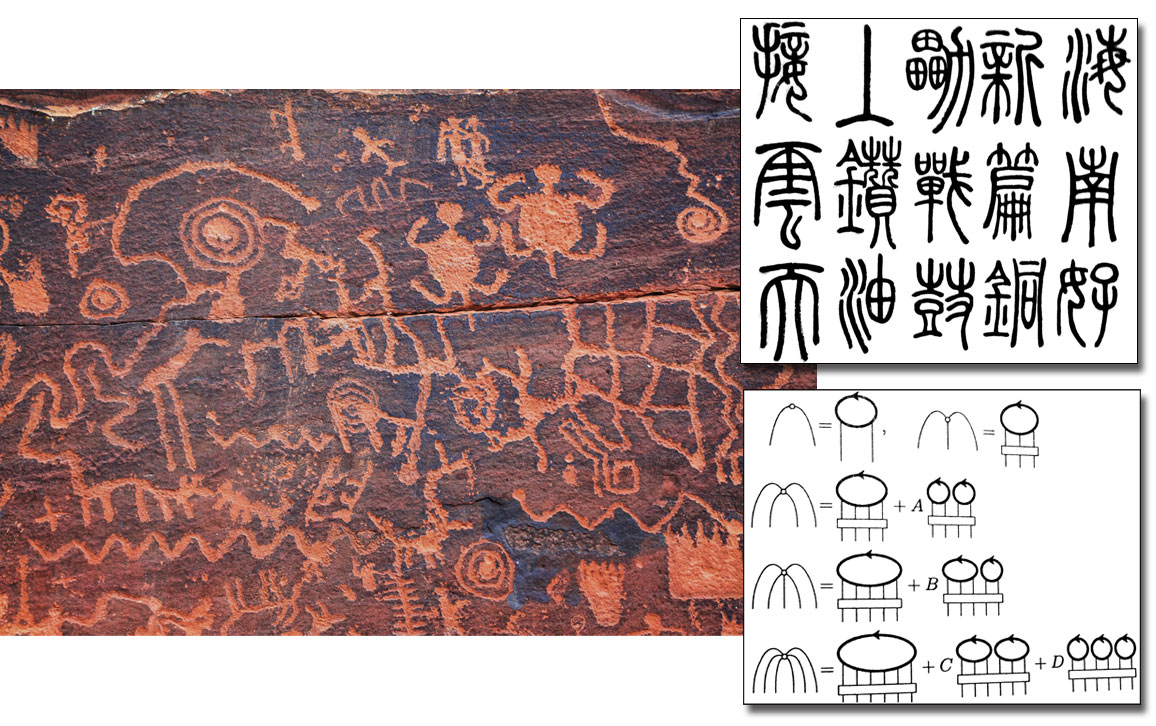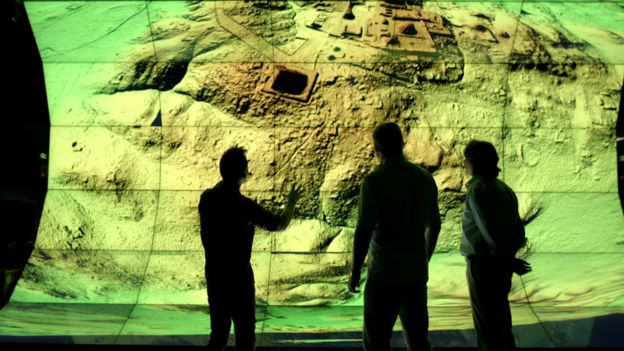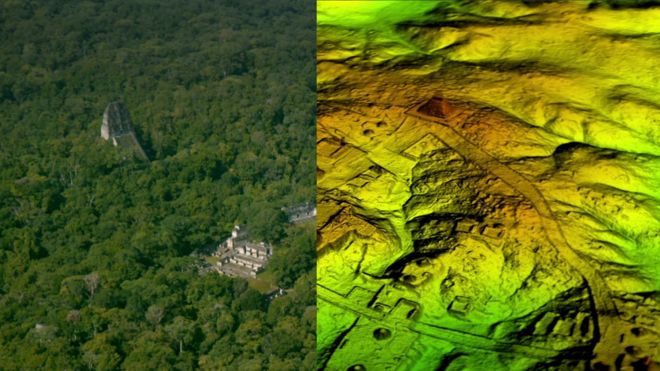Science Alert: Scientists Have Discovered an Entirely New Shape, And It Was Hiding in Your Cells
Gizmodo: The 'Scutoid' Is Geometry's Newest Shape, and It Could Be All Over Your Body
The original research article:
Scutoids are a geometrical solution to three-dimensional packing of epithelia
Gizmodo: The 'Scutoid' Is Geometry's Newest Shape, and It Could Be All Over Your Body
The original research article:
Scutoids are a geometrical solution to three-dimensional packing of epithelia
The 'scutoid' shape (d) was named in homage to the scutellum
– a posterior portion of the thorax in some insects, which resembles the same mini-triangle shape (e)...
 Some fun and educational videos about scutoids...
Some fun and educational videos about scutoids...
 Some fun and educational videos about scutoids...
Some fun and educational videos about scutoids...
The STEMulus Network: NEW SHAPE DISCOVERED...
Brand new 'scutoid' shape discovered by scientists in skin cells...
































